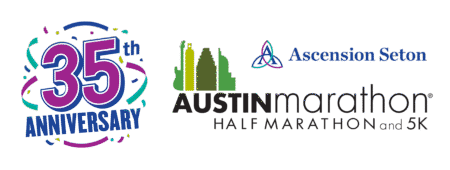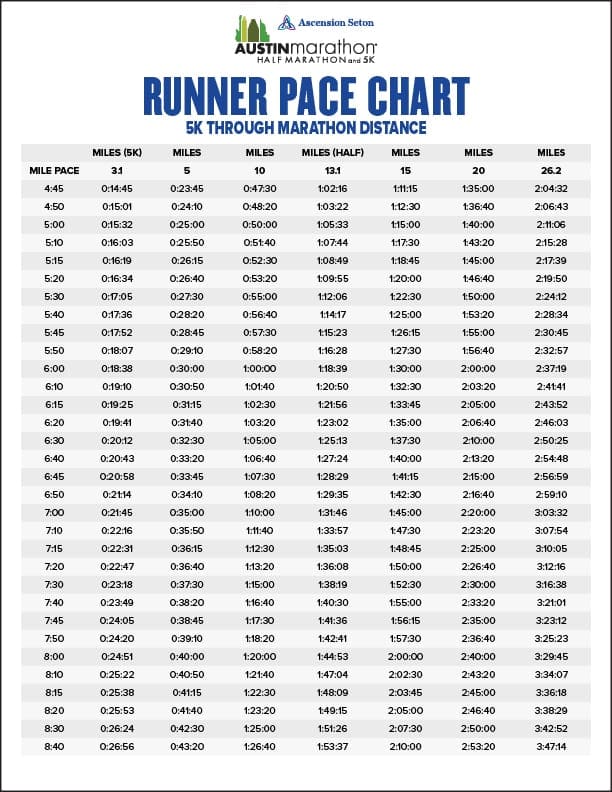High Five Events Ranked #35 on 2020 Inner City 100 List
Placement marks the company’s first time on the 2020 Inner City 100 list
The Initiative for a Competitive Inner City (ICIC) announced that Austin’s High Five Events is a winner of the 2020 Inner City 100 (IC100) award which recognizes the 100 fastest-growing firms in under-resourced communities across America. The winners were picked based on revenue growth and job creation during the four-year period from 2015 to 2019. Winners were revealed at the 2020 ICIC National Conference held virtually on December 8th. The full list is available here. High Five Events is led by Stacy Keese, Dan Carroll, and Jack Murray. They were ranked 35th on the 2020 Inner City 100 List based on its four-year revenue growth rate of 240.17% and job creation of nine.
Great achievement
“This is a proud moment for us to be included on the IC100 list,” said Stacy Keese, co-owner of High Five Events. “This is another proof point that what we are doing is working. It is incredibly rewarding to be recognized alongside leaders from so many industries across the county.”
Beginning with the launch of a single triathlon in 2003, High Five Events has grown to become one of the largest privately owned event production companies in the United States. High Five Events is a community-centric company based in Austin, Texas. Their staff has more than 100 years’ combined experience organizing large events across different venue types in a variety of locations. The 18-year-old company owns and produces the Ascension Seton Austin Marathon, CapTex Tri presented by Life Time Fitness, Rookie Triathlon, Jack’s Generic Triathlon, and Kerrville Triathlon Festival. They also produce 3M Half Marathon presented by Under Armour and Cap10K.
2020 Inner City 100 list explained
In order to measure the impact of COVID-19 and the resulting economic crisis, ICIC conducted an in-depth survey of winners. They gathered information on the companies’ estimated 2020 end-of-year revenue versus 2019. They also estimated 2020 end-of-year employment versus 2019 and information on a company leader’s approach to leading through the COVID-19 crisis.
Each winner shared stories of how they had to pivot due to the pandemic, from transitioning manufacturing centers to produce PPE, to learning how to sell virtually for the first time, to even holding free office hours with tech experts on a weekly basis – countless examples of innovation, grit, and resilience.
In addition to the survey, ICIC has collected demographic data on all the winners. They also used metrics around revenue growth and job creation, included below.
2020 IC100 Winners by the Numbers
- Average Company Age: 17
- Cities Represented: 56
- States Represented: 29
-
- Industries Represented: 25
- Woman-Owned/Led: 42
- BIPOC-Owned/Led: 51
- Veteran-Owned/Led: 7
- First-Time Winner: 71
- Hall of Famers (will have won the IC100 for at least 5 times, including this year): 15
- Average Four-Year Revenue Growth Rate: 310%
-
- Average 2019 Revenue: $8,986,862.31
- Total Jobs Created: 3,230
- Total Employed by IC100 Winners in 2019 (year-end number): 7240
These numbers bear out some encouraging trends. This year’s IC100 list had the highest number of women-owned/led companies. There was an increase of eight companies from 2019 and 17 since 2015. The 2020 list also contains the highest ever number of BIPOC-owned/led companies. This is an increase of seven since 2019 and 11 since 2015.
“IC100 companies are forces of economic opportunity, optimism and transformation in their communities, and it’s an honor to recognize High Five Events’ leadership,” said ICIC CEO Steve Grossman. “Especially during this incredibly challenging time, as small business owners reckon with the economic fallout of the COVID-19 pandemic, these pioneering entrepreneurs have demonstrated a deep commitment to and passion for their local communities.”





